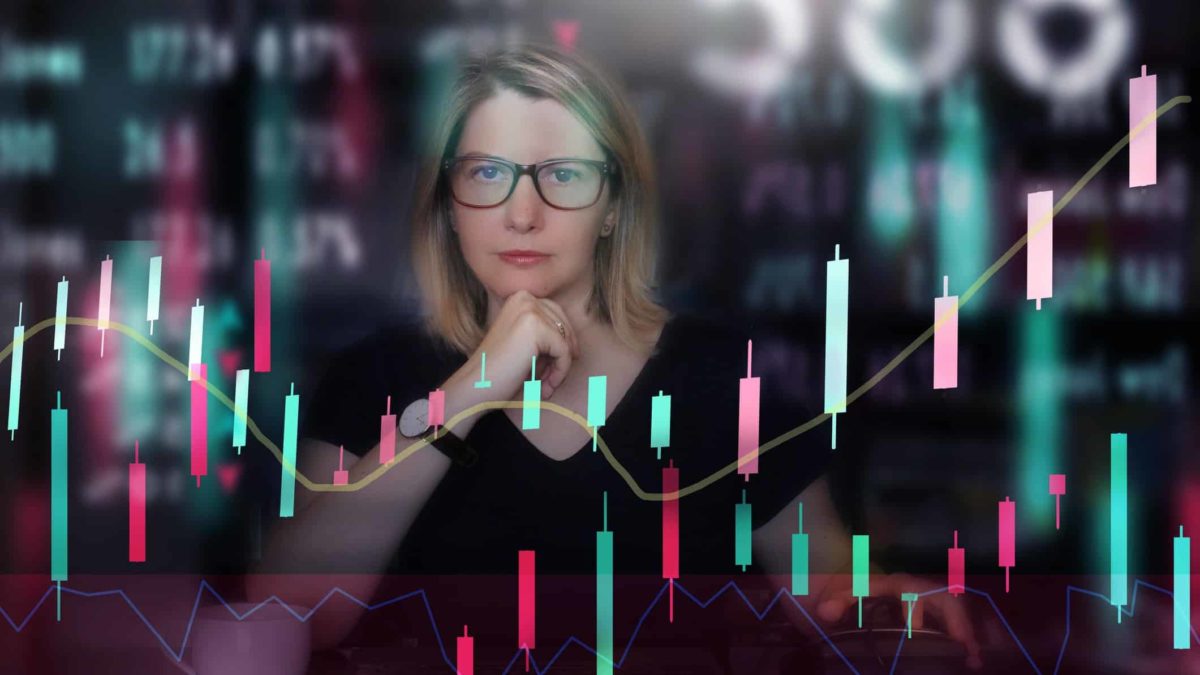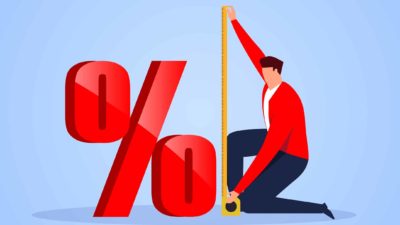The S&P/ASX 200 Index (ASX: XJO) initially climbed 0.1% following the Reserve Bank of Australia's (RBA) cash rate call, released at 2:30 pm AEDT today.
The ASX 200, up 0.8% in afternoon trading, then gave back that small gain as investors appear to have priced in the RBA's dovish call today.
For the next month, at least, the official cash rate in Australia remains at the historic low 0.10%. The interest rate on Exchange Settlement balances stays put at 0%.
What the RBA governor said
According to RBA governor Philip Lowe, the Aussie and global economies are both continuing to bounce back from the impacts of the pandemic.
But he cited Russia's invasion of Ukraine as "a major new source of uncertainty".
Lowe pointed to spiking energy prices, driven even higher following the invasion, and continuing supply chain disruptions as driving sharp increases in inflation in some nations. He noted that bond yields have been rising amid increased expectations of high rate policies ahead.
As for the Aussie economy, Lowe said, "The resilience of the economy is evident in the labour market, with the unemployment rate at a 14-year low of 4.2%. Underemployment is also around its lowest level since 2008."
The bank forecasts unemployment will fall to below 4% later in 2022 and remain below 4% in 2023.
While Aussie wages are growing, Lowe said this is currently happening at around the same "relatively low rates" evident pre-pandemic. "A further [gradual] pick-up in wages growth and broader measures of labour costs is expected as the labour market tightens," he added, citing uncertainty about labour costs at historically low levels of unemployment.
ASX 200 investors keeping a close eye on inflation
ASX 200 investors keep a close eye on inflation for a reason. If inflation runs hotter than the RBA's target range of 2–3%, rates are likely to rise, which could dampen share prices.
Lowe said that inflation has "picked up more quickly than the RBA had expected, but remains lower than in many other countries".
The RBA's central forecast sees underlying inflation increasing to 3.25% this year before dropping to 2.75% in 2023.
Consumer price index (CPI) inflation is expected to "spike higher than this due to the higher petrol prices resulting from global developments," Lowe said. "How long it takes to resolve the disruptions to supply chains is an important source of uncertainty regarding the inflation outlook, as are developments in global energy markets."
So when can we expect the RBA to raise rates?
That depends on who you ask.
According to Lowe:
The Board will not increase the cash rate until actual inflation is sustainably within the 2 to 3% target range. While inflation has picked up, it is too early to conclude that it is sustainably within the target range.
Some hawkish analysts, including economists at the Commonwealth Bank of Australia (ASX: CBA), are predicting the RBA will make its first hike in June. Others believe the RBA will hold off until at least November.
When the first rate hike announcement does come through, the ASX 200 reaction will be one to watch.









